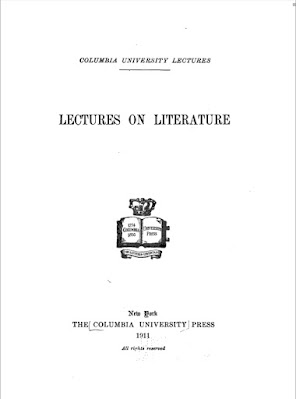Plots and Personalities; a New Method of Testing and Training the Creative Imagination
by
Slosson, Edwin Emery, 1865-1929; Downey, June E. (June Etta), 1875-1932
CONTENTS
I. How THE Book Came to Be Written and What It Is About 8
II. How TO Use the Personals in Testing the
Imagination 7
III. The Interpretation of a Personal 26
IV. Thinking the Literate Imagination 43
V. Names and Clothes as Literate Accessories . . 59
VI. Tricks of the Literate Imagination .... 74
VII. What Kind of Mind the Novelist Needs ... 86
VIII. Where the Writer Gets His Plots and Personalities 103
IX. The Problem of the Plot 127
X. Character-Creation 141
XI. Plot-Making as a Safety-Valve 164
XII. The Case-System of Literary Training .... 179
XIII. Putting a Foot-Rule on the Imagination ... 208
XIV. Miscellaneous Personals 226
XV. Personals in Continuities 232
The PDF might take a minute to load. Or, click to download PDF.
If your Web browser is not configured to display PDF files. No worries, just click here to download the PDF file.








